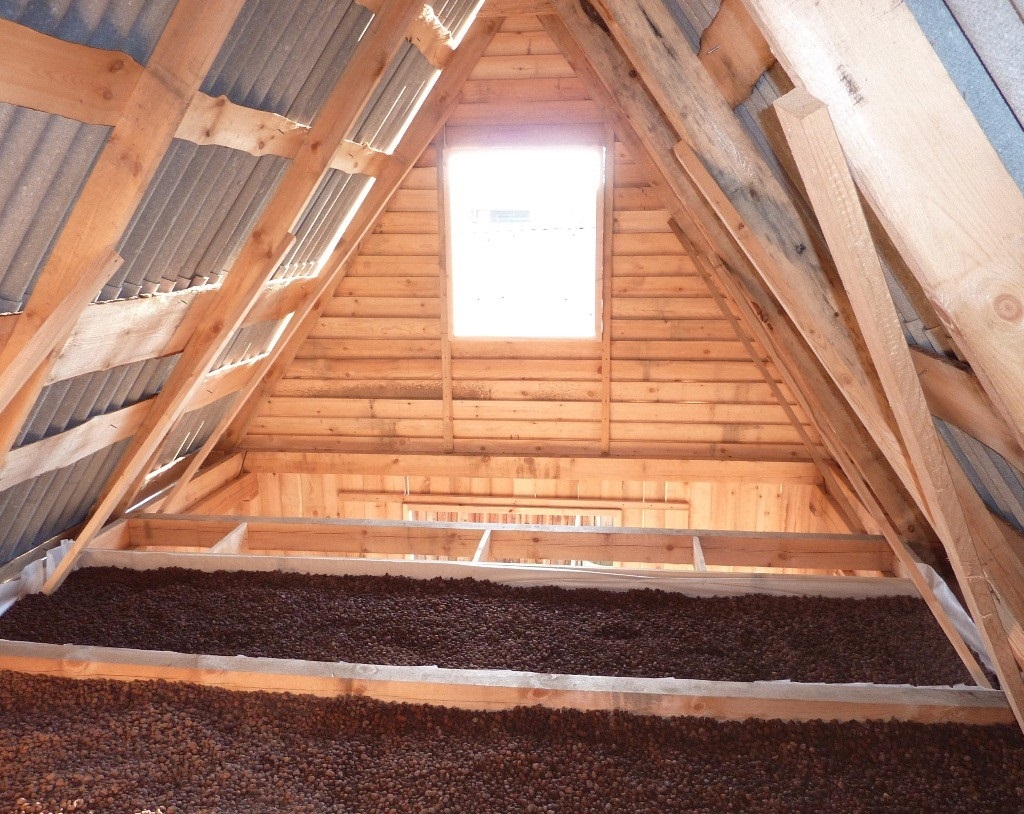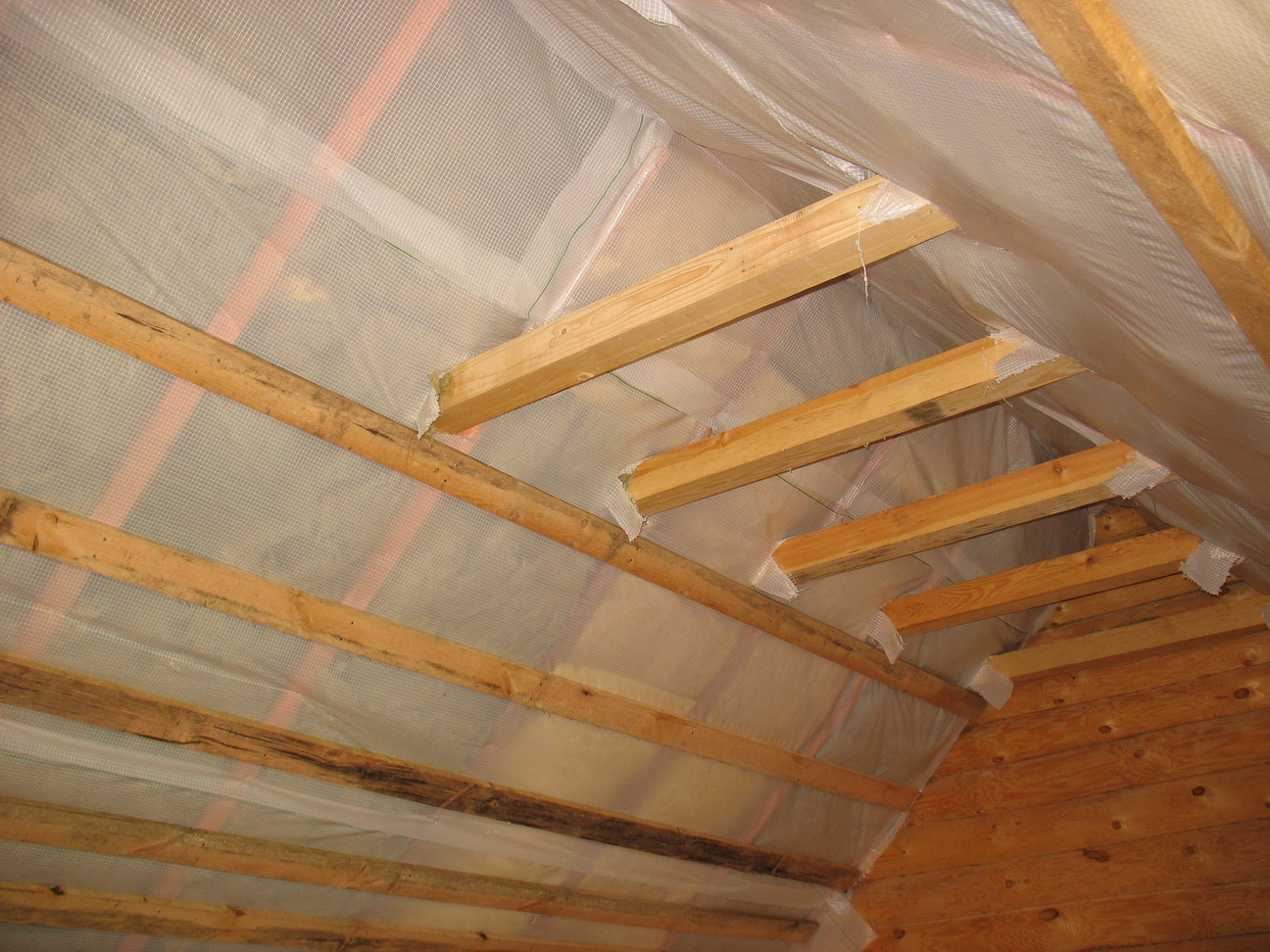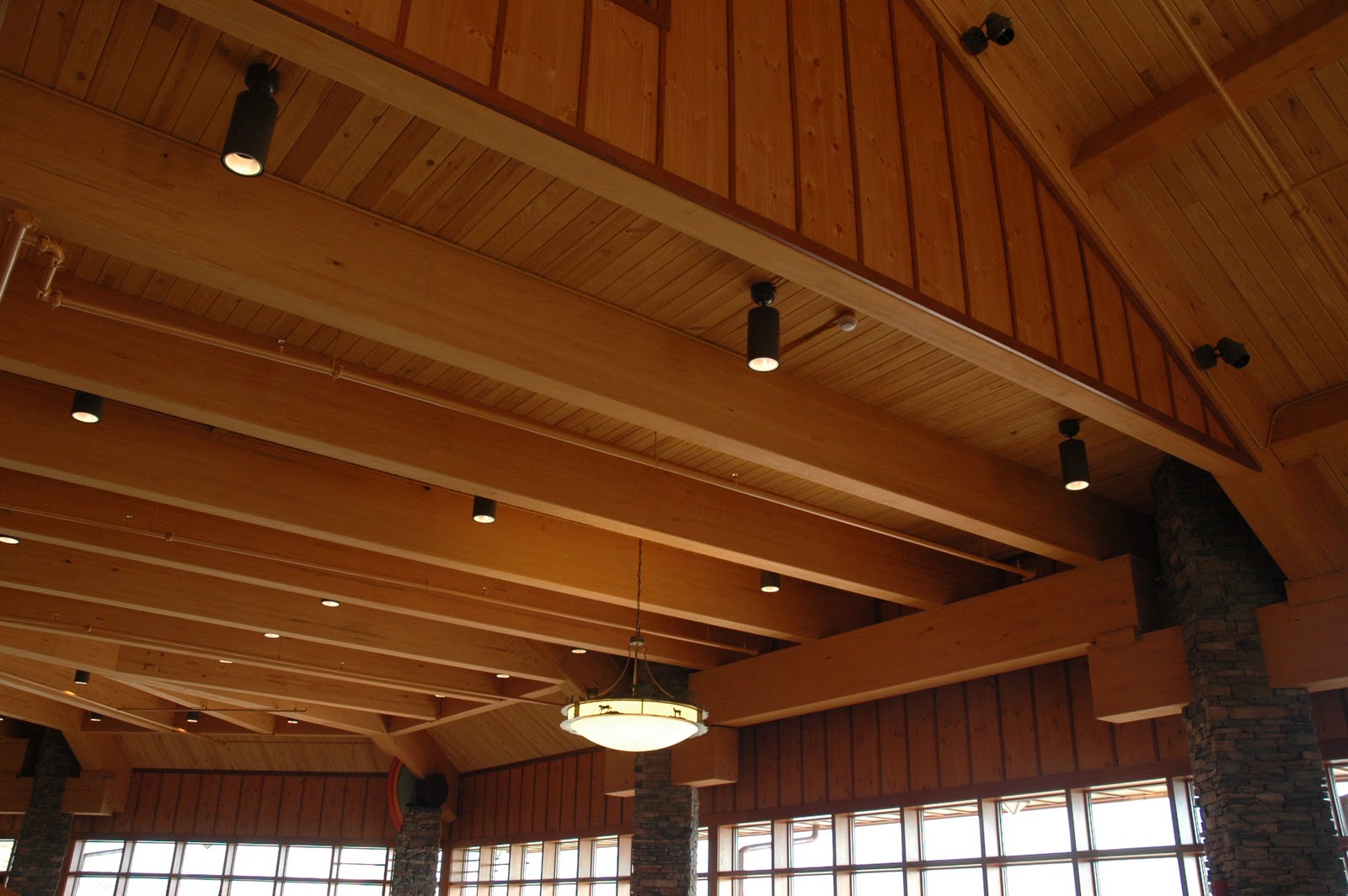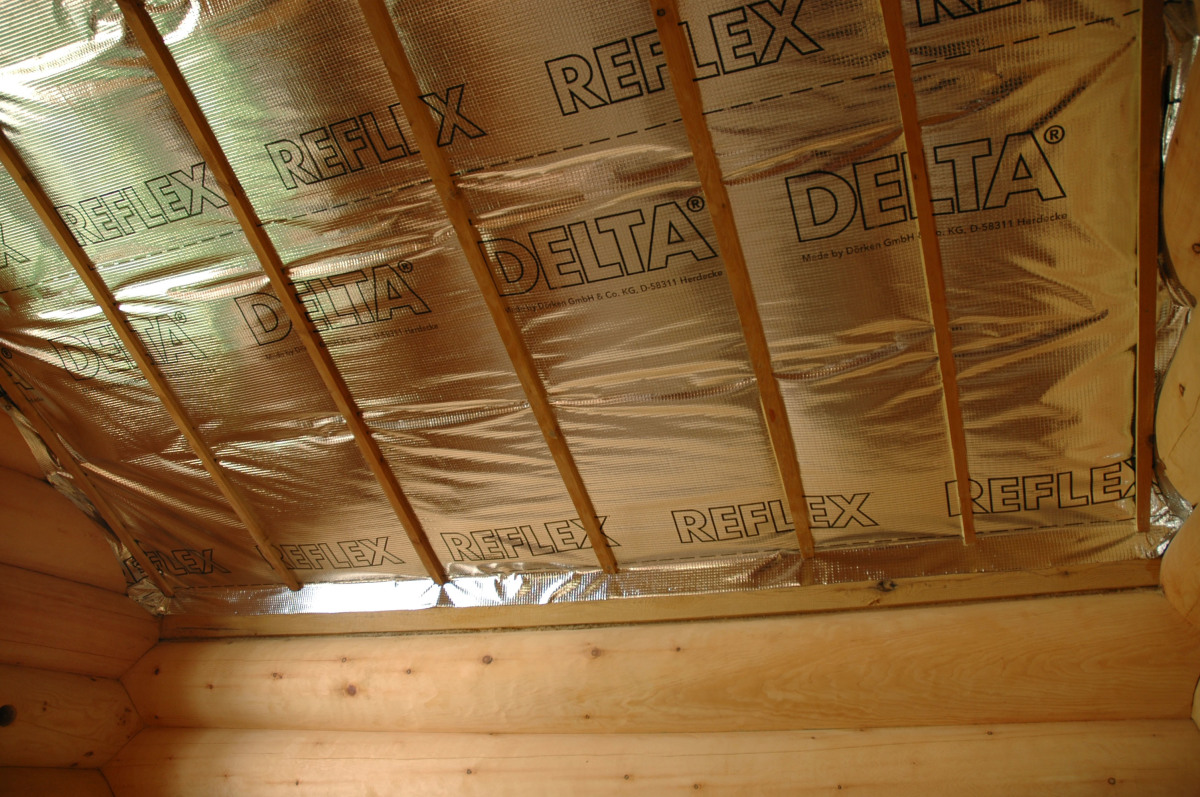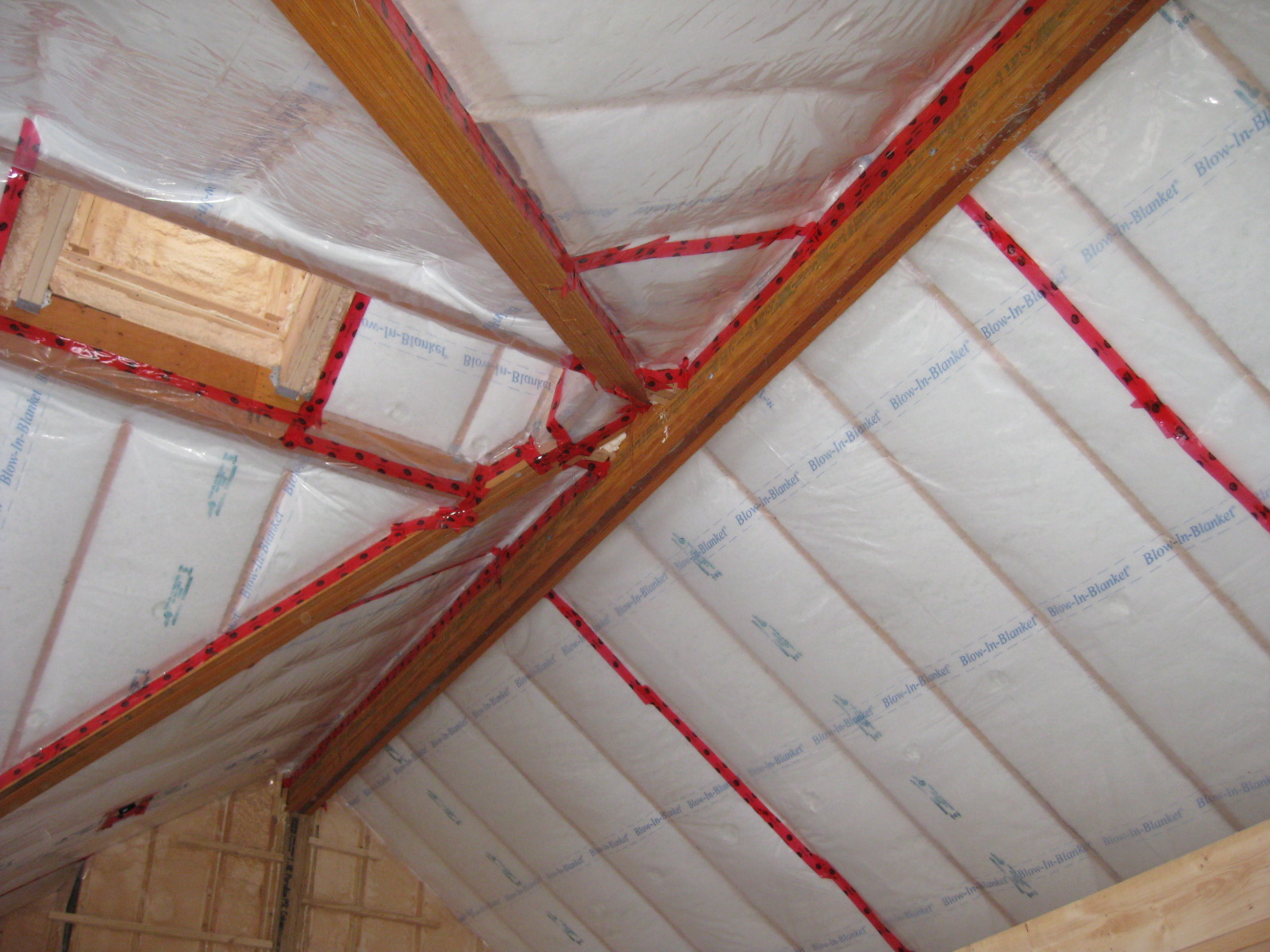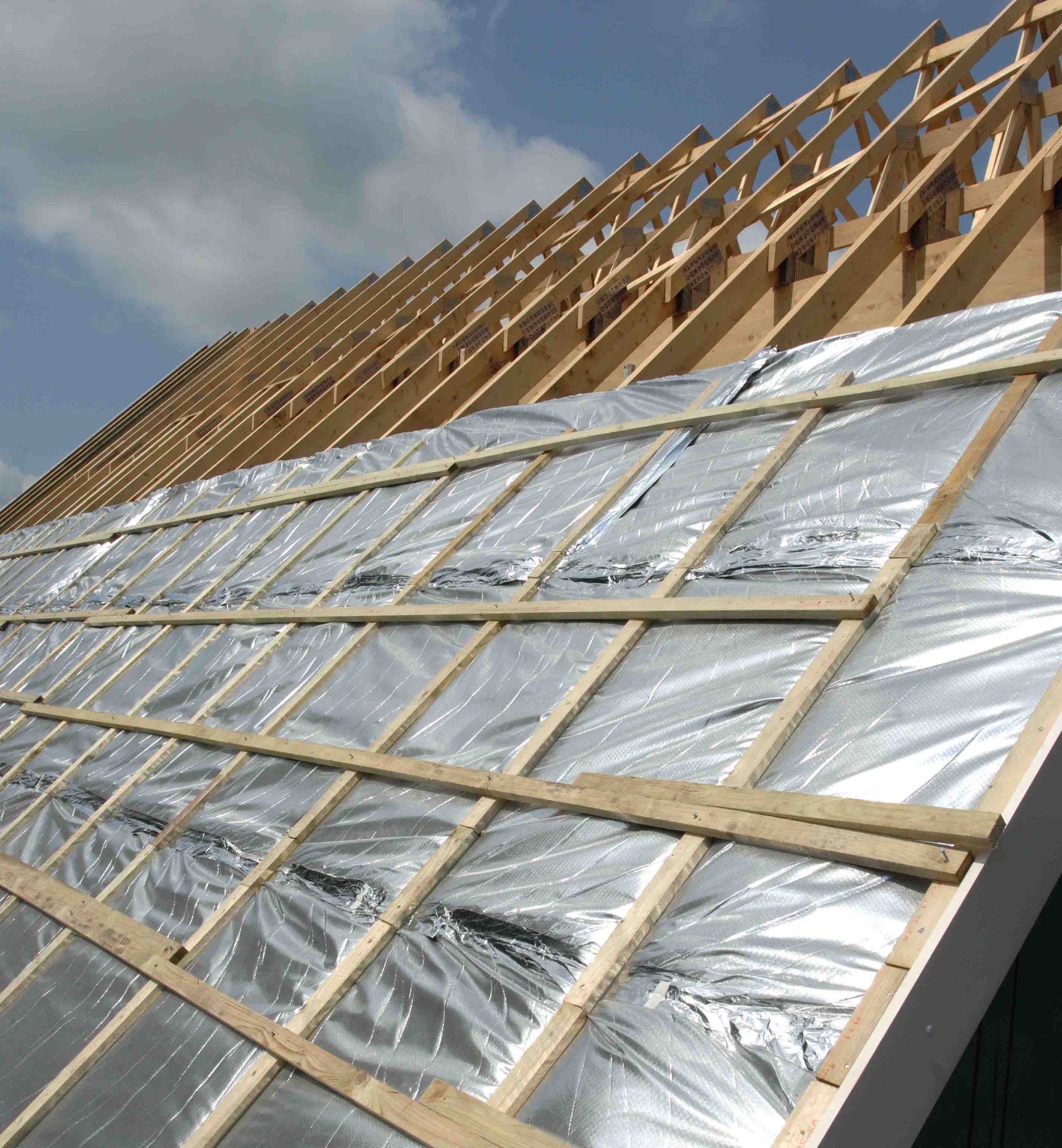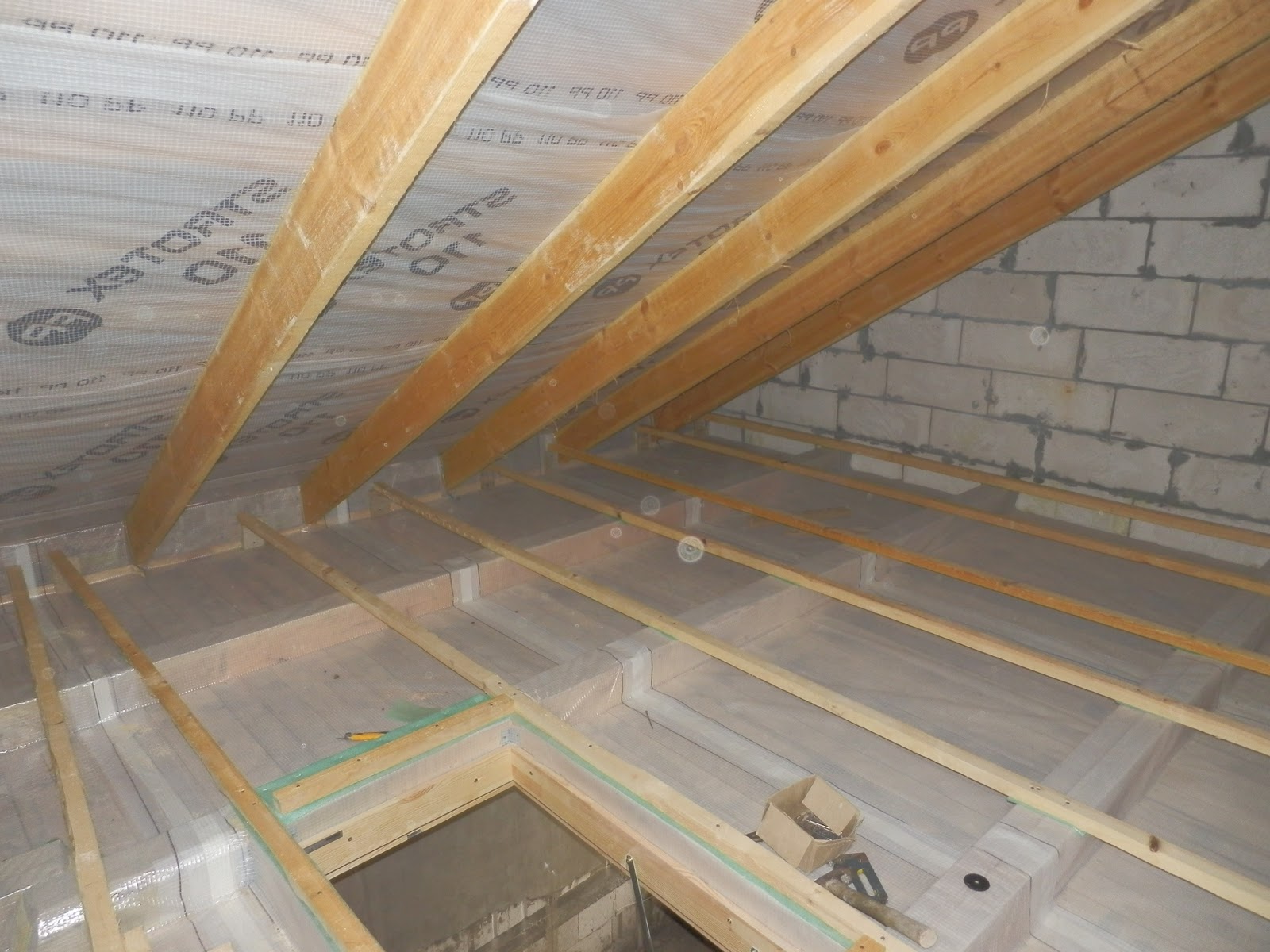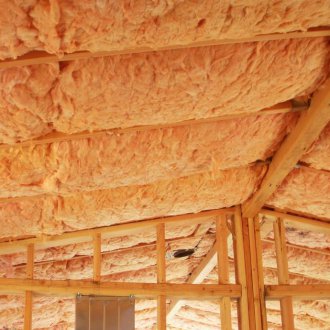Vapor barrier of the ceiling: algorithm of actions
Content
Vapor barrier for the ceiling in a wooden floor is not only the guarantee of the most comfortable microclimate in any room, but also a kind of salvation in the case of saunas and other rooms with a high level of humidity. Unfortunately, when the main elements get wet, the structure can lose its bearing capacity, thereby becoming unsafe. Thermal insulation characteristics will also suffer, since significant deformation can occur and even the process of decay can begin. Often, such coverage is subject to full or partial replacement, which is not cheap.
It is also necessary to take care of the optimal movement of air masses, which contribute to the drying of wet structures. Laying a vapor barrier on the ceiling requires some skill. If we are talking about the attic or ceiling, then even an insignificant leakage of warm air can lead to a decrease in the initial properties of the heat-insulating layer, regardless of what material was used. We offer you to talk in more detail about the main properties of vapor barrier, its necessity and main types. So how do you make the vapor barrier of the ceiling right?
What is the vapor barrier used for?
The threat to the roof and ceiling made of wood will always be water vapor. Regardless of the quality of the draft ceiling, steam will penetrate from the living space under the roof, making the insulation and wooden roof elements wet. The vapor barrier of the attic ceiling can be deformed over time, which will lead to a partial collapse of the structure. To avoid such issues, it is recommended to use a vapor barrier. Often used ordinary polyethylene or polypropylene film of sufficiently strong quality.
Particular attention should be paid to aluminum-coated material and foil products. Being in the thickness of the ceiling, they not only protect the structure from moisture, but also help to significantly save on heating bills, acting as a heat reflector in the winter. The main thing here is not to confuse which side the material should be fixed. The vapor barrier is laid tight enough to the insulation layer. It attaches directly to wooden substructures or rafters. For this, construction staplers or nails with wide hats can be used.
How to choose a material?
In order to choose a good vapor barrier, you should be guided by several main factors:
- cost category;
- technological aspect and compatibility of a particular material;
- environmental friendliness of the products used.
Often used ordinary plastic film, which copes with its functions as a vapor barrier in rooms such as a bathhouse, in the bathroom and even the attic. An indisputable advantage is the more than affordable cost of such material, while its lifespan is very limited. This is especially true for temperature changes that can easily damage the film. Glassine used to be, but it is difficult to call it environmentally friendly in connection with the available bitumen vapors, which are quite harmful to humans.
It is possible to use specialized products that were created specifically for the manufacture of high-quality vapor barrier. Depending on the method used for vapor barrier of the ceiling, the material can be viscose sprayed, double-sided, foil and multi-layer. It is customary to use fiberglass or kraft paper for the ceiling of the bathhouse and sauna, since other materials quickly deform when exposed to high temperatures. It is worth paying attention to the fact that there is no single material that could be called universal for all types of premises.
If it was decided to make a vapor barrier layer yourself, then for this you will need:
- Masking tape or scotch tape, which is necessary for gluing paintings together.
- Stationery knife.
- Staircase or stepladder.
- Building stapler.
When fastening the membranes to the frame, a slight sagging of the base material is allowed, but no more than 0.2 cm. The vapor barrier of the ceiling of the house must be overlapped, and all joints are glued without fail. This allows for maximum tightness. If one side of the material is rough, and the second is smooth, then the second should be laid in the direction of the insulation. At the same time, the insulating material should also be overlapped, first of all, this relates to the attic and concrete surface. After this, you can proceed with the installation of the crate, to which subsequently gypsum or lining will be attached. The vapor barrier must be fixed very carefully so as not to damage the material.
The main types of vapor barrier for the ceiling
Why vapor barrier is needed and what basic requirements are applicable to it, is prescribed in building codes. You can also choose a vapor barrier for the ceiling yourself, but it is better to turn to professionals for help. So, according to current GOSTs, the material used must have the following characteristics:
- The vapor permeability index. The lower this indicator, the better the operational properties of the products used. The vapor barrier of the ceiling in a cold attic should have an indicator of 1g / sq.m. and less.
- His weight. This indicator and density are the key to strength, therefore, should be directly proportional. Strong matter is not only easier and more convenient to work with, but it will also be better able to withstand the effects of gravity. For installation, this aspect also plays an important role.
It is not difficult for a beginner to properly install a vapor barrier, but even a beginner can do it, but her choice is a very important issue, and it will take some time. It is worth paying special attention to the composition, as it may include various polymers, stabilizers, plasticizers and other components that contribute to the accumulation of substances harmful to the human body. The vapor barrier for the ceiling in a wooden house should not contain such auxiliary components, because we are talking about family health. In enclosed spaces, these toxins are especially dangerous. You should also avoid material that was made from raw materials of low purification.
It is not difficult to determine the degree of toxicity, it is enough to spread the insulation of the ceiling or attic on the floor indoors. If the product contains harmful elements, they immediately begin to exude a specific smell, which is difficult to ignore.
One of the often used and at the same time the best option is a plastic film, which contributes to the creation of high-quality vapor barrier. The vapor barrier of the attic ceiling is often made of this material. It is easy to use and effective at the same time. It is recommended to carry out additional reinforcement, for which you need a reinforcing mesh or a special fabric.What vapor barrier to lay, will depend only on you.
Are made:
- Foil films. Their performance is quite high, while they are able to reflect heat.
- With a smooth surface. In this case, the vapor barrier of the ceiling in the bath should have a continuous layer, which will consist of individual paintings, which will be fastened together using tape or tape.
- The perforated material has micro holes that are able to provide the necessary vapor permeability. However, it is better not to use it, since it does not fully comply with current standards. In this case, compliance with the ventilation gap is mandatory. How to properly lay out such material will tell the consultant.
Laminated material is used as a vapor barrier in a bathhouse during the construction of a wooden house and in other cases where it is a matter of rooms with a high level of humidity (bathhouse, sauna, pool). At the same time, vapor barrier is still needed.
Varieties of vapor barrier films:
- liquid rubber (consists of liquid polymers that are sprayed on the ceiling using special equipment). The main advantages include the ability to use liquid ceiling material for structures of any type, shape and level of complexity;
- diffusion membranes (belong to the category of non-woven synthetic materials). It is almost the best material based on a high level of efficiency, compared with polypropylene and polyethylene products;
- polypropylene material. It has amazing indicators of resistance to direct sunlight and strength. Since it is very difficult to lay vapor barrier on the ceiling, it is better to use this material, since it is almost impossible to damage. Some models have a separate anti-condensation layer, which consists of cellulose and viscose, which allows good retention of moisture vapor. Putting a similar material is convenient, and its advantages are very obvious. It is able to completely absorb moisture, while drying up to 100 percent in just a few hours. If the correct thermal insulation was used, then immediately after the disappearance of the cause of the vapor, the condensate will go away on its own.
Little conclusion
What vapor barrier will be used depends not only on you, but also on the type of room used. Vapor barrier is often called a material made of polyethylene that acts as a barrier that prevents wood products from absorbing moisture. The vapor barrier of the ceiling of the bath should be selected based on the level of humidity and frequency of use of the room. There are some nuances that should be considered when choosing basic materials.
Installing a vapor barrier on the ceiling requires some skill, but this can be done independently without involving third parties. The process itself may take several days. A weak and thin vapor barrier of a wooden ceiling in humid rooms will not be able to protect the room from fungus, so you should not particularly save on materials. Even if you built a structure of complex shape, there is always the possibility of using liquid vapor barrier, which can be laid in several layers. Properly installed vapor barrier is the key to a dry and comfortable room.


